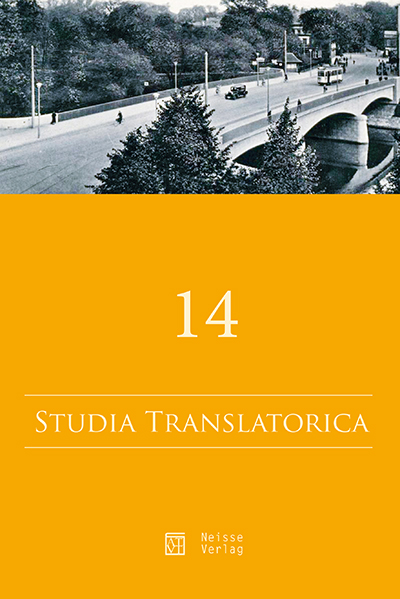Challenges of translating C. S. Lewis’s The Problem of Pain into Polish and Spanish by professional translators – comparative and evaluative perspectives
Challenges of translating C. S. Lewis’s The Problem of Pain into Polish and Spanish by professional translators – comparative and evaluative perspectives
Author(s): Adam PalkaSubject(s): Translation Studies
Published by: Oficyna Wydawnicza ATUT – Wrocławskie Wydawnictwo Oświatowe
Keywords: pain; theological discourse; Lewis’s stylistic diversity; translation techniques; retranslation; English; Polish; Spanish
Summary/Abstract: ABSTRACTThe article discusses diverse translation challenges which translators may be confronted with while working on target-language renditions of C. S. Lewis’s The Problem of Pain. To present his thoughts and theses, this famous British writer, philosopher, philologist, and Anglican lay theologian was using vivid language, teeming with a mixture of academic/formal theological terminology with more informal vocabulary. Thus, I conduct a comparative (descriptive and evaluative) analysis of the English original version and its four official translations (two Polish and two Spanish ones). The analysed excerpts were selected with a view to reveal the richness of Lewis’s language and style, mainly in terms of lexis, morphology, and syntax. The main research tools that I employ throughout the study are Berman’s (1992) theory on first translations and retranslations, House’s (2001) model of translation quality assessment, and the classification of translation techniques created by Molina and Hurtado Albir (2002). The results reveal a plethora of choices made by the Polish and Spanish translators in question, ranging from a cautious approach towards the original text (which manifest mainly in resorting to literal translation) to a more creative and adventurous “behaviour” (which is realised through the application of amplification, particularisation, modulation, and transposition, among others). The conclusions cut across the combination of linguistic and extralinguistic factors (such as sociocultural, idiosyncratic, and the like) and are formulated on comparatively descriptive and evaluative planes.
Journal: Studia Translatorica
- Issue Year: 2023
- Issue No: 14
- Page Range: 147-178
- Page Count: 32
- Language: English

